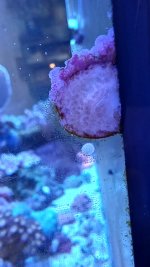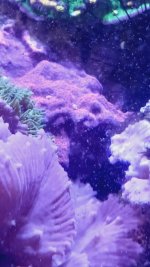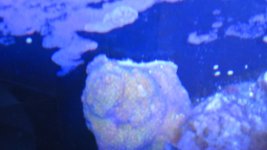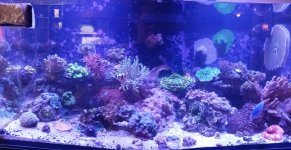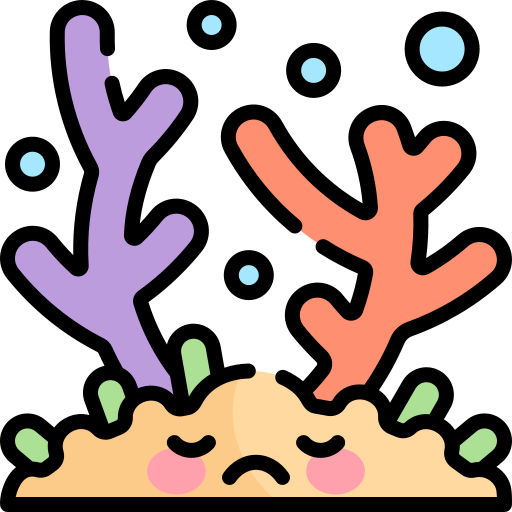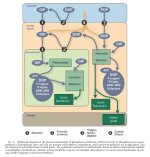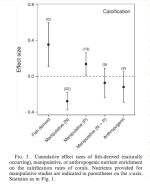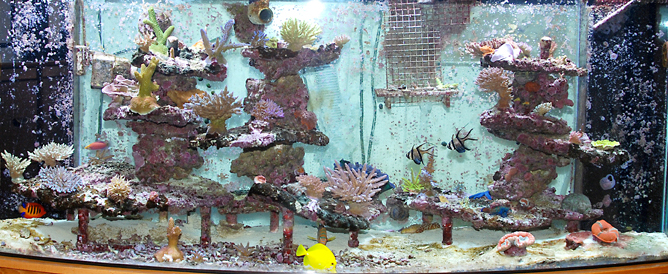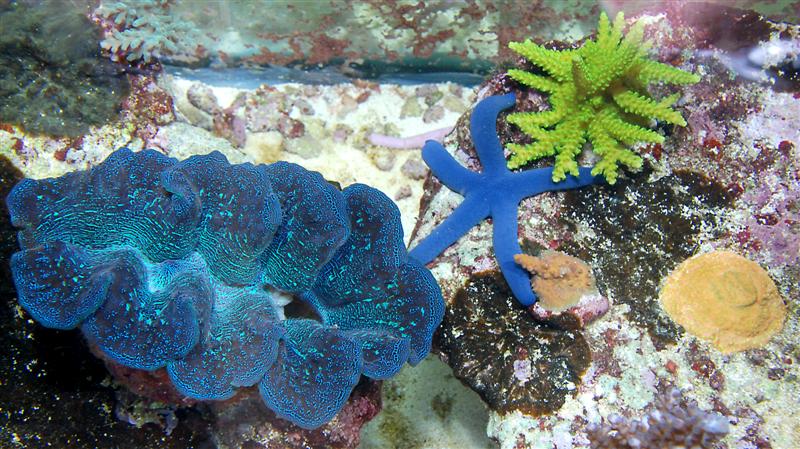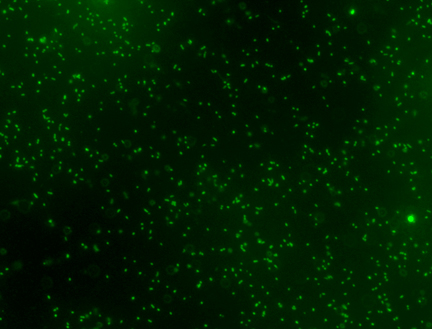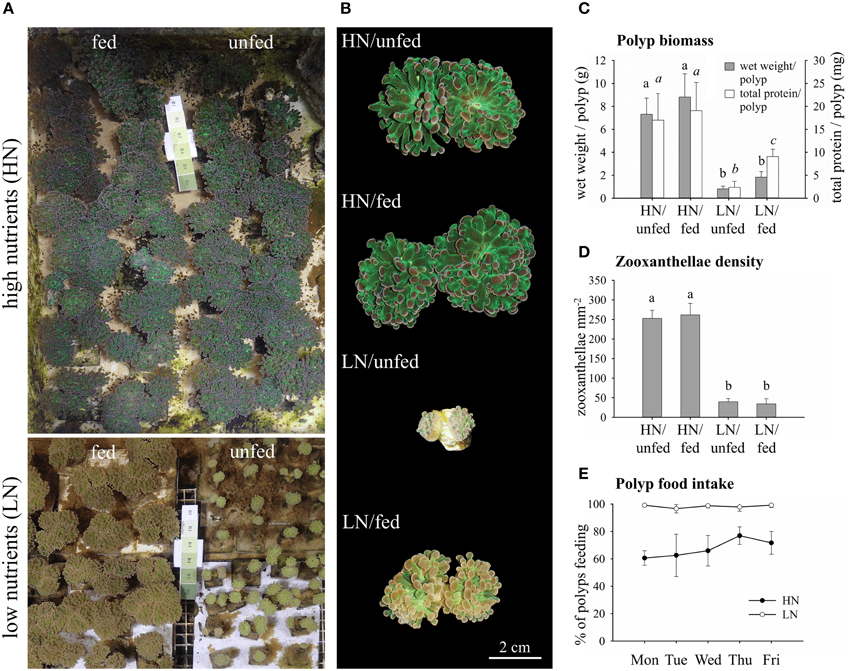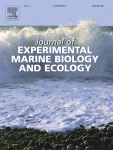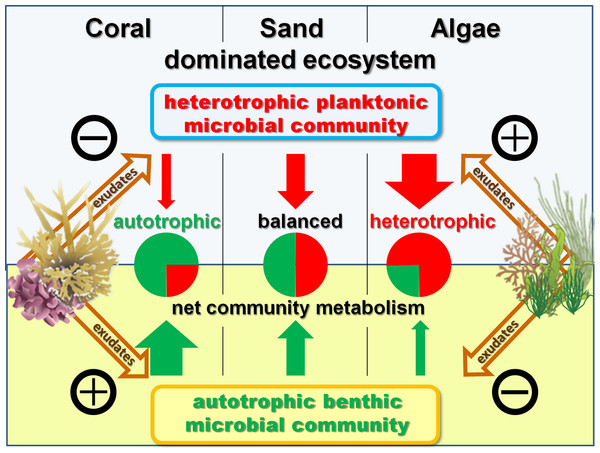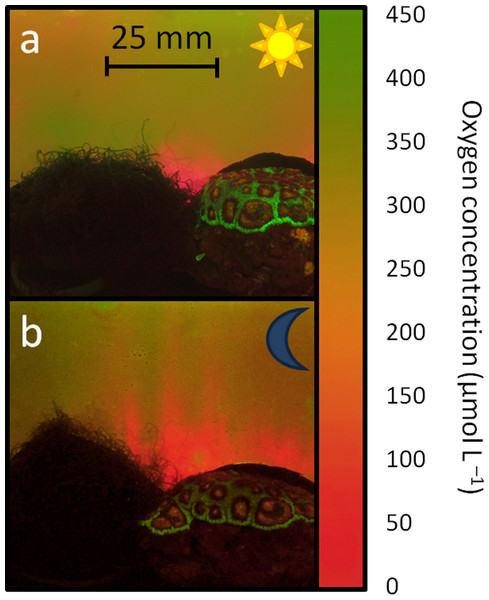What steps can I take to improve the water quality and overall health of the montipora colonies in my aquarium, given the current maintenance practices and parameters.
plants vs brainrots
And if you want to go down a rabbit hole . . .
 Feldman's work at Penn State
Feldman's work at Penn State
Granular Activated Carbon Pt 1
Chemistry Department, The Pennsylvania State University. In this first part of a two part series, the authors will introduce granular activated carbon and explain the experimental goals and mathematical models used in their research.

www.advancedaquarist.com
Granular Activated Carbon Pt 2
Chemistry Department, The Pennsylvania State University. In Part 2, the authors will discuss the results of their research and make some recommendations to the aquarist on its usage.

www.advancedaquarist.com
Total Organic Carbon Pt 1
Department of Chemistry, The Pennsylvania State University, University Park, PA 16802. Ken and Kelly report on their work on Total Organic Carbon and how it relates to the reef aquarium.

reefs.com
Total Organic Carbon Pt 2
Department of Chemistry, The Pennsylvania State University, University Park, PA 16802. Ken and Kelly continue to report on their work on Total Organic Carbon and how it relates to the reef aquarium.

reefs.com
Protein Skimmer Performance, Pt 1
Department of Chemistry, The Pennsylvania State University, University Park, PA 16802. Protein skimmers have become indispensable for many aquarists who strive to maintain the high water quality necessary to keep stony corals.

reefs.com
Protein Skimmer Performance, Pt 2
Department of Chemistry, The Pennsylvania State University, University Park, PA 16802. Many factors contribute to the 'value' of a skimmer to an aquarist, including quality of construction, size, footprint, noise level, ease of cleaning, energy efficiency of the pump, and of course, the ability...

reefs.com
Elemental Analysis of Skimmate
Department of Chemistry, The Pennsylvania State University, University Park, PA 16802. The chemical/elemental composition of skimmate generated by an H&S 200-1260 skimmer on a 175-gallon reef tank over the course of several days or a week had some surprises.

reefs.com
Bacterial Counts in Reef Aquarium Water
What are the bacteria populations in the water column of reef tanks, and how does that value compare with bacterial counts in authentic reef water? Does carbon dosing indeed increase water column bacteria populations (i.e., is growth carbon limited)? Does mechanical filtration (protein skimming...

reefs.com
Rosset, Wiedenmann and De Angelo
An experimental mesocosm for long-term studies of reef corals - Volume 92 Issue 4

www.cambridge.org
An Experimental Mesocosm for Longterm Studies of Reef Corals
Phosphate Deficiency:
Nutrient enrichment can increase the susceptibility of reef corals to bleaching:
Increased dissolved inorganic nitrogen (DIN) concentrations in sea water have been linked to a reduction of the temperature threshold at which corals bleach, however, the mechanism underlying this change is not known. This phenomenon is now explained in terms of increased phosphatase activities...

www.nature.com
Ultrastructural Biomarkers in Symbiotic Algae Reflect the Availability of Dissolved Inorganic Nutrients and Particulate Food to the Reef Coral Holobiont:
Reef building corals associated with symbiotic algae (zooxanthellae) can access environmental nutrients from different sources, most significantly via the up...

www.frontiersin.org
Phosphate deficiency promotes coral bleaching and is reflected by the ultrastructure of symbiotic dinoflagellates
Enrichment of reef environments with dissolved inorganic nutrients is considered a major threat to the survival of corals living in symbiosis with din…

www.sciencedirect.com
More Phosphorus stuff
Effects of phosphate on growth and skeletal density in the scleractinian coral Acropora muricata: A controlled experimental approach
Phosphate contamination can negatively affect corals, modifying growth rates, skeletal density, reproduction, mortality, and zooxanthellae. We determi…

www.sciencedirect.com
High phosphate uptake requirements of the scleractinian coral Stylophora pistillata
SUMMARYSeveral untested aspects of the regulation of inorganic nutrient uptake were examined using nutrient depletion experiments with the symbiotic coral Stylophora pistillata. The total inhibition of phosphate uptake in artificial seawater lacking sodium indicates the involvement of a...

jeb.biologists.org
Phosphorus metabolism of reef organisms with algal symbionts

esajournals.onlinelibrary.wiley.com
Sponge symbionts and the marine P cycle
Marine sponges are ubiquitous colonizers of shallow, clear-water environments in the oceans (1, 2). Sponges have emerged as significant mediators of biogeochemical fluxes in coastal zones by virtue of respiring organic matter and facilitating both the consumption and release of nutrients (3, 4)...

www.pnas.org
Nitrogen Stuff
Ammonium Uptake by Symbiotic and Aposymbiotic Reef Corals

www.ingentaconnect.com
Amino acids a source of nitrogen for corals
Urea a source of nitrogen for corals
Nitrogen cycling in corals: the key to understanding holobiont functioning?
Corals are animals that form close mutualistic associations with endosymbiotic photosynthetic algae of the genus Symbiodinium. Together they provide t…

www.sciencedirect.com
Diazotrpophs a source of nitrogen for corals
Corals are mixotrophs: they are able to fix inorganic carbon through the activity of their symbiotic dinoflagellates and to gain nitrogen from predation on plankton and uptake of dissolved organic and inorganic nutrients. They also live in close association with diverse diazotrophic communities...

pubmed.ncbi.nlm.nih.gov
Context Dependant Effects of Nutrient Loading on the Coral-Algal Mutualism
Sponge Stuff
Element cycling on tropical coral reefs.
This is Jasper de Geoij's ground breaking research on reef sponge finding some species process labile DOC 1000X faster than bacterioplankton. (The introduction is in Dutch but the content is in English.)
Sponge symbionts and the marine P cycle
Marine sponges are ubiquitous colonizers of shallow, clear-water environments in the oceans (1, 2). Sponges have emerged as significant mediators of biogeochemical fluxes in coastal zones by virtue of respiring organic matter and facilitating both the consumption and release of nutrients (3, 4)...

www.pnas.org
Phosphorus sequestration in the form of polyphosphate by microbial symbionts in marine sponges
Coral reefs are highly productive ecosystems that raise a conundrum called “Darwin’s paradox”: How can high production flourish in low-nutrient conditions? We show here that in three abundant Caribbean sponges, the granules that have been commonly observed in sponge tissue for decades are...

www.pnas.org
Differential recycling of coral and algal dissolved organic matter via the sponge loop.
Sponges treat DOC from algae differently than DOC from corals
A Vicious Circle? Altered Carbon and Nutrient Cycling May Explain the Low Resilience of Caribbean Coral Reefs
Surviving in a Marine Desert The Sponge Loop Retains Resources Within Coral Reefs
Dissolved organic carbon and nitrogen are quickly processed by sponges and released back into the reef food web in hours as carbon and nitrogen rich detritus.
Natural Diet of Coral-Excavating Sponges Consists Mainly of Dissolved Organic Carbon (DOC)
Coral-excavating sponges are the most important bioeroders on Caribbean reefs and increase in abundance throughout the region. This increase is commonly attributed to a concomitant increase in food availability due to eutrophication and pollution. ...

www.ncbi.nlm.nih.gov
The Role of Marine Sponges in Carbon and Nitrogen Cycles of COral Reefs and Nearshore Environments.
Explore millions of resources from scholarly journals, books, newspapers, videos and more, on the ProQuest Platform.

search.proquest.com
Microbially mediated nutrient cycles in marine sponges
DOC Stuff
Aura-biomes are present in the water layer above coral reef benthic macro-organisms
As coral reef habitats decline worldwide, some reefs are transitioning from coral- to algal-dominated benthos with the exact cause for this shift remaining elusive. Increases in the abundance of microbes in the water column has been correlated with ...

www.ncbi.nlm.nih.gov
Influence of coral and algal exudates on microbially mediated reef metabolism
Benthic primary producers in tropical reef ecosystems can alter biogeochemical cycling and microbial processes in the surrounding seawater. In order to quantify these influences, we measured rates of photosynthesis, respiration, and dissolved organic carbon (DOC) exudate release by the dominant...

peerj.com
Effects of Coral Reef Benthic Primary Producers on Dissolved Organic Carbon and Microbial Activity
Benthic primary producers in marine ecosystems may significantly alter biogeochemical cycling and microbial processes in their surrounding environment. To examine these interactions, we studied dissolved organic matter release by dominant benthic taxa and subsequent microbial remineralization in...

journals.plos.org
Biological oxygen demand optode analysis of coral reef-associated microbial communities exposed to algal exudates
Algae-derived dissolved organic matter has been hypothesized to induce mortality of reef building corals. One proposed killing mechanism is a zone of hypoxia created by rapidly growing microbes. To investigate this hypothesis, biological oxygen ...

www.ncbi.nlm.nih.gov
Global microbialization of coral reefs
Analysis of 60 sites in three ocean basins suggests that overgrowth of fleshy algae on coral reefs supports higher microbial abundances dominated by copiotrophic, potentially pathogenic bacteria via the provision of dissolved inorganic carbon.

www.nature.com
Visualization of oxygen distribution patterns caused by coral and algae
Planar optodes were used to visualize oxygen distribution patterns associated with a coral reef associated green algae (Chaetomorpha sp.) and a hermatypic coral (Favia sp.) separately, as standalone organisms, and placed in close proximity mimicking coral-algal interactions. Oxygen patterns were...

peerj.com
Macroalgae decrease growth and alter microbial community structure of the reef-building coral, Porites astreoides
With the continued and unprecedented decline of coral reefs worldwide, evaluating the factors that contribute to coral demise is of critical importance. As coral cover declines, macroalgae are becoming more common on tropical reefs. Interactions between these macroalgae and corals may alter the...

www.ncbi.nlm.nih.gov
Biophysical and physiological processes causing oxygen loss from coral reefs
Excess labile carbon promotes the expression of virulence factors in coral reef bacterioplankton
Coastal pollution and algal cover are increasing on many coral reefs, resulting in higher dissolved organic carbon (DOC) concentrations. High DOC concentrations strongly affect microbial activity in reef waters and select for copiotrophic, often potentially virulent microbial populations. High...

www.ncbi.nlm.nih.gov
Differential recycling of coral and algal dissolved organic matter via the sponge loop
Coral and macroalgal exudates vary in neutral sugar composition and differentially enrich reef bacterioplankton lineages
Increasing algal cover on tropical reefs worldwide may be maintained through feedbacks whereby algae outcompete coral by altering microbial activity. We hypothesized that algae and coral release compositionally distinct exudates that differentially alter bacterioplankton growth and community...

www.ncbi.nlm.nih.gov
Misc. Stuff
Feeding corals ========================================================
Developing an optimal heterotrophic feeding regime has the potential to improve captive coral growth and health. This study evaluated the efficacy of three exogenous diets: Artemia nauplii (ART), a commercially available coral diet (Reef Roids) (RR), and a novel, micro-bound diet (ATF), against...

journals.plos.org
Heterotrophic feeding in newly-settled coral planulae can potentially improve survivorship and accelerate early development in some species; however, an optimal diet to facilitate this does not currently exist. This study evaluated the efficacy of three heterotrophic feeding regimes (enriched...

journals.plos.org
(Note teh difference in feeding live foods in these 2 papers verses the freeze dried in the paper out of Hawai'i)
Laboratory experiments were designed to estimate the ingestion rates of the scleractinian coral Stylophora pistillata under varying prey concentrations and feeding regimes and to assess the effect of feeding on the tissue and skeletal growth. Six sets of corals were incubated under two light (80...

link.springer.com
We investigated the effect of zooplankton feeding on tissue and skeletal growth of the scleractinian coral Stylophora pistillata. Microcolonies were divided into two groups: starved corals (SC), which were not fed during the experiment, and fed corals (FC), which were abundantly fed with Artemia...

pubmed.ncbi.nlm.nih.gov
Growth can't be used as an indicaor of health:
Regeneration of artificially induced lesions was monitored in nubbins of the branching coral Acropora muricata at two reef-flat sites representing contrasting environments at Réunion Island (21°07′S, 55°32′E). Growth of these injured nubbins was ...

www.ncbi.nlm.nih.gov
Phosphate contamination can negatively affect corals, modifying growth rates, skeletal density, reproduction, mortality, and zooxanthellae. We determi…

www.sciencedirect.com
Urchins

response.restoration.noaa.gov

